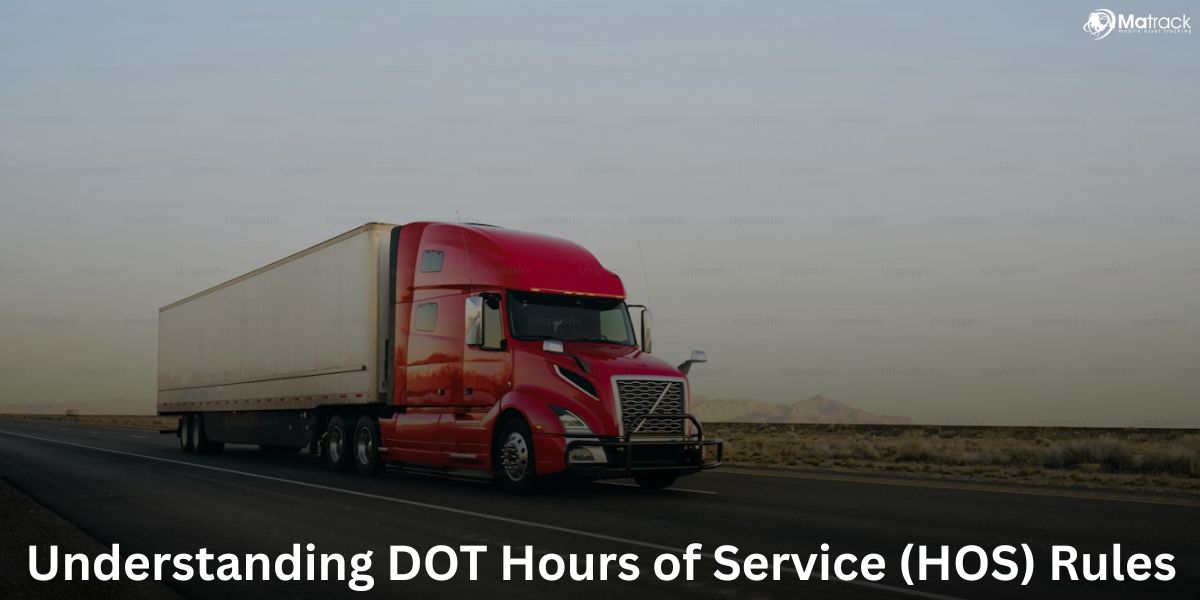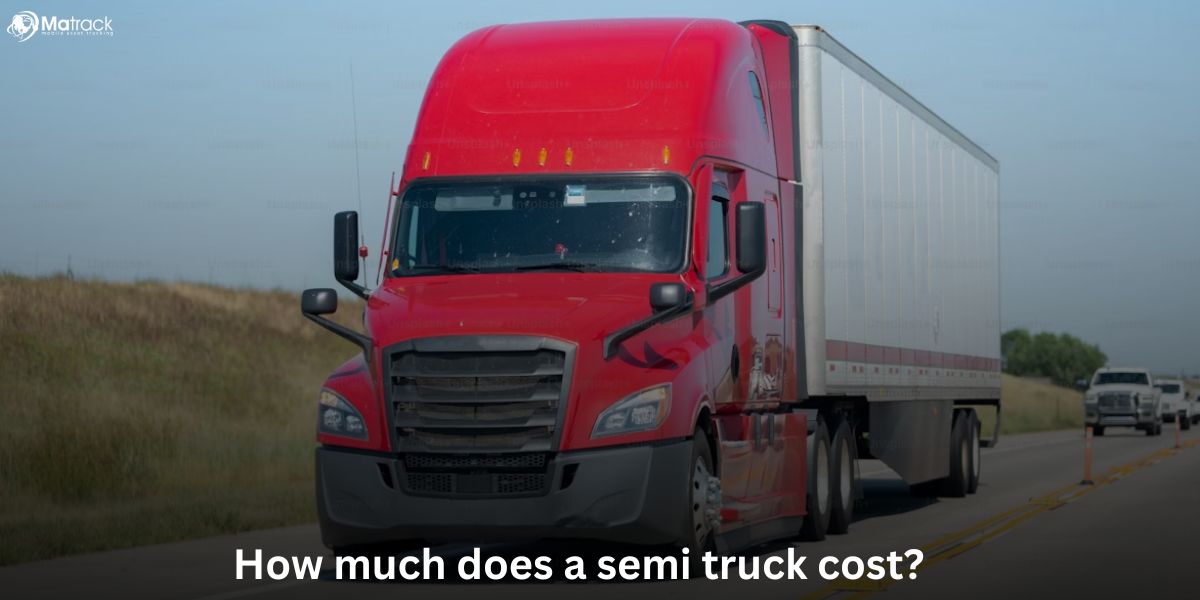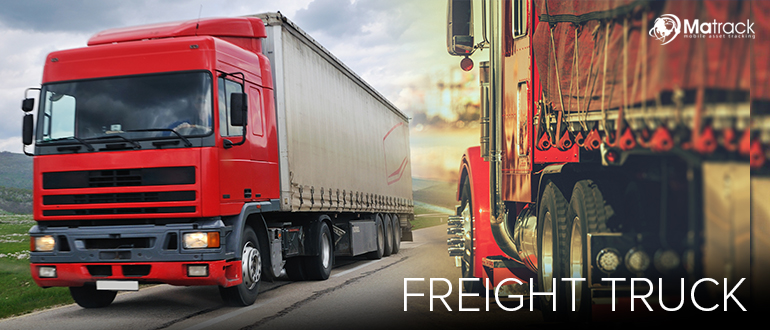Key Takeaways:
- Trucking logistics manages how goods move by truck using scheduling, tracking, and delivery control.
- A trucking logistics company plans routes, assigns drivers, monitors shipments, and ensures on-time deliveries.
- Business owners can start a logistics company by registering, getting licensed, setting up fleet systems, and building freight partnerships.
- Common issues like driver shortages, fuel costs, and delivery delays can be solved with planning tools, compliance systems, and better load matching.
What Is Trucking Logistics?
Trucking logistics is the organized coordination of transporting goods using trucks across road networks. It involves scheduling shipments, optimizing routes, and managing vehicle performance to ensure timely and secure deliveries.
This system connects suppliers, warehouses, retailers, and end-users by managing how freight moves between each point. It supports the continuous flow of goods in industries like retail, manufacturing, and e-commerce.
Digital tracking, load planning, and data-driven decision-making help streamline operations and improve reliability. To execute these tasks efficiently, businesses depend on specialized trucking logistics companies with the infrastructure and expertise to handle large-scale transport.
How Does A Trucking Logistics Company Work?
Order Intake and Shipment Planning
A trucking logistics company begins by gathering details like cargo type, weight, delivery timelines, and pickup locations. This step helps the operations team schedule the right truck, assign drivers, and prepare the shipment plan accurately.
Route Optimization and Dispatch
After planning, the company maps the most efficient delivery route based on distance, fuel use, and traffic conditions. They rely on tools like GPS fleet tracking to monitor real-time traffic and make route changes when needed.
Driver Assignment and Legal Readiness
Once routes are confirmed, drivers are selected and trucks are prepared for the journey. Trucks use ELD devices to automatically log drive time and ensure all regulations are followed during the trip.
On-Road Monitoring and Cargo Handling
While the shipment is in motion, teams monitor delivery progress, vehicle safety, and cargo conditions. This is managed through fleet management systems that provide real-time updates on truck activity and location.
Delivery, Confirmation, and Reporting
Once the driver completes the final delivery, proof is submitted digitally and shared with both client and system records. Final steps include generating invoices, updating logs, and reviewing delivery performance for future improvements.
Advantages and Disadvantages of a Trucking Logistics Company
| Advantages | Disadvantages |
| Provides fast and direct transportation for short and medium distances | Vulnerable to fuel price fluctuations which increase operating costs |
| Offers flexible routing and scheduling for time-sensitive deliveries | Driver shortages can lead to delivery delays and missed schedules |
| Supports last-mile delivery and door-to-door service | Limited cargo volume compared to rail or sea freight |
| Easier tracking and real-time shipment visibility with GPS systems | High maintenance and insurance costs for vehicle fleets |
| Lower initial investment for non-asset-based models like freight brokers | Regulatory compliance adds complexity and administrative burden |
What Are the Types of Trucking Logistics Companies?
Trucking logistics companies are categorized by how they operate freight services and manage supply chain tasks. These include asset-based carriers, brokers, and fully outsourced logistics models.
Full-Truckload (FTL) Carriers
FTL carriers move freight that fills an entire truck and runs direct from pickup to delivery. This model works best for shippers with large-volume or bulk goods.
Less-than-Truckload (LTL) Carriers
LTL carriers combine smaller shipments from multiple clients into one truck. They improve vehicle space usage and lower transport costs for partial loads.
Regional and National Carriers
Regional carriers serve defined zones, while national carriers manage long-haul routes across broad geographies. The choice depends on shipment distance and delivery speed.
Dedicated Contract Carriers
Dedicated carriers run fixed fleets and drivers for a specific client under long-term contracts. They ensure consistent capacity and customized route control.
Specialized Freight Carriers
Specialized carriers handle goods that require specific conditions such as refrigeration, hazard control, or permits. These companies meet high-compliance needs using customized equipment.
Freight Brokers
Freight brokers link shippers with carriers but do not operate trucks. They coordinate shipments, manage pricing, and handle transport documentation.
Read More: How to become a freight broker?
Third-Party Logistics Providers (3PL)
3PLs take over logistics functions like shipping, storage, and inventory for clients. They use external carriers and digital platforms to streamline operations.
Fourth-Party Logistics Providers (4PL)
4PLs control the full logistics strategy, overseeing 3PLs, data, and system integrations. They act as long-term partners for end-to-end supply chain management.
Understanding these company types helps identify the best fit for freight volume, cargo type, or logistics strategy. For those looking to build one from the ground up, starting a trucking logistics company involves clear steps in legal setup, fleet sourcing, and compliance readiness.
How to Start a Trucking Logistics Company?
Starting a trucking logistics company involves legal registration, operational planning, and compliance alignment. These steps establish a foundation for scalable operations and freight reliability.
Define Business Model
Choose between operating as an asset-based carrier with your own trucks or as a non-asset-based logistics provider. This decision impacts your startup cost, license structure, and revenue model.
Register and License the Business
Form a legal business entity and apply for a DOT Number and Motor Carrier (MC) Number through the FMCSA. These credentials allow you to legally transport goods across state lines.
Secure Insurance and Safety Systems
Obtain mandatory insurance including cargo liability, auto liability, and general coverage. Install ELD devices and create a safety program to stay compliant with federal regulations.
Acquire Fleet Vehicles
Purchase or lease trucks based on your selected freight capacity and delivery zones. Ensure your fleet matches the cargo type and route distance you plan to serve.
Hire Qualified Drivers and Staff
Recruit CDL-licensed drivers and logistics personnel who understand dispatch, compliance, and client service. Train your team in vehicle safety and shipment tracking.
Set Up a Digital Logistics System
Implement a transportation management system to control dispatch, route planning, and delivery schedules. Use fleet trackers to monitor truck status and improve client communication.
Build Freight Partnerships
Form relationships with manufacturers, retailers, or freight brokers who need reliable transportation. These partnerships provide regular shipments and predictable revenue.
Launching a trucking logistics company is structured but demanding. Once operations begin, several common challenges start to affect service quality, cost control, and workforce efficiency.
Common Pain Points for Trucking Logistics Companies
Trucking logistics companies face specific operational and financial challenges that directly affect service delivery, cost efficiency, and business continuity. These pain points emerge during daily execution, fleet operations, and regulatory compliance.
Driver Shortages
The industry continues to face a shortage of qualified CDL drivers across all regions. This limits route coverage, increases driver wages, and disrupts delivery timelines.
Rising Fuel Costs
Fuel remains the highest variable cost in trucking logistics operations. Fluctuating diesel prices reduce profit margins and complicate freight pricing models.
Delivery Delays
Unpredictable traffic, poor infrastructure, and weather disruptions frequently delay shipments. These delays impact client satisfaction and often result in penalty costs.
High Operating Costs
Maintenance, insurance, licensing, and toll fees contribute to ongoing financial strain. Without volume consistency or optimized routes, cost recovery becomes difficult.
Compliance Complexity
Meeting federal and state regulations requires regular audits, system updates, and driver certifications. Failure to comply leads to fines, license suspension, and reputational damage.
Cargo Theft and Security Risks
Freight theft during transit or at rest areas leads to direct financial losses and shipment disruptions. Lack of cargo monitoring or secure parking increases this risk.
Empty Miles and Poor Load Matching
Trucks often return without loads, increasing fuel waste and reducing revenue. Inefficient load planning limits fleet productivity and utilization.
Solutions and Best Practices for Trucking Logistics Companies
Trucking logistics companies improve performance by solving known issues with the right mix of planning, technology, and team support. These methods help deliver consistent results while cutting unnecessary costs.
Optimize Routes with Planning Software
Smart routing tools reduce fuel usage and shorten delivery windows. These systems use real-time maps and location data to choose the most efficient path for each shipment.
Use Preventive Vehicle Maintenance
Monitoring equipment conditions with sensor alerts helps avoid major repairs. Keeping transport units in top condition prevents breakdowns and protects schedules.
Build a Strong Driving Workforce
Reliable staffing starts with clear pay structures and realistic delivery expectations. Connecting with license training programs ensures a steady pipeline of qualified operators.
Automate Compliance and Record keeping
Digital systems simplify documentation and reduce errors in logs and reports. This helps logistics teams stay aligned with transport regulations without manual tracking.
Increase Security for Goods in Transit
Secure loading, GPS monitoring, and verified rest stops reduce theft and loss. These measures protect cargo value and build trust with clients.
Improve Load Efficiency
Matching shipments both ways raises vehicle usage and lowers fuel waste. This strategy adds revenue by reducing trips that would otherwise run empty.
These adjustments improve operations across equipment, workforce, and delivery systems. When applied consistently, they turn daily logistics challenges into manageable processes.
Streamline Trucking Logistics Operations with Matrack
Matrack improves logistics operations with real-time GPS fleet tracking and automated visibility. Dispatchers can monitor vehicle movement, update delivery schedules, and respond to route changes instantly.
Its FMCSA-certified ELD solution logs driver hours automatically and ensures full compliance. This reduces manual errors, prevents violations, and simplifies audits.
Matrack also tracks fuel usage, idle time, and vehicle condition to cut costs and avoid breakdowns. Maintenance alerts, asset monitoring, and route reports help logistics teams run more efficiently.



